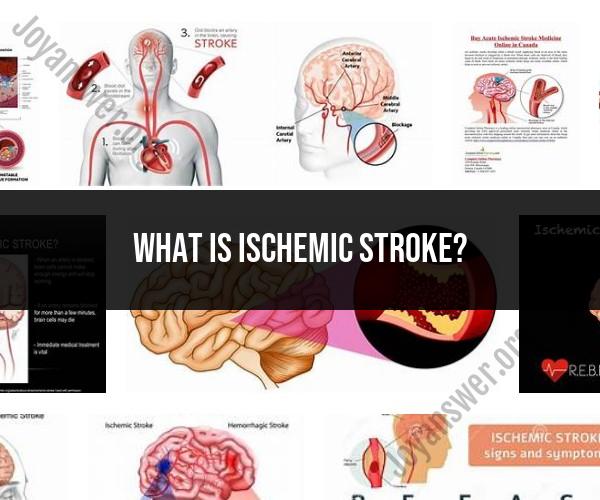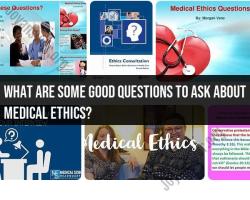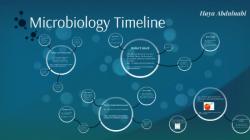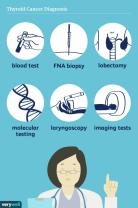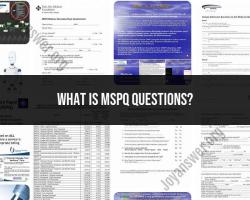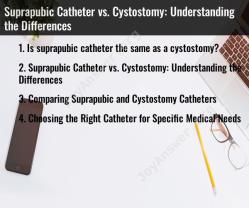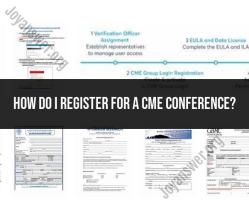What is ischemic stroke?
An ischemic stroke is a serious medical condition that occurs when blood flow to the brain is obstructed, leading to brain tissue damage. This comprehensive guide provides insights into the causes, symptoms, and treatment options for ischemic stroke.
Introduction to Ischemic Stroke
An ischemic stroke occurs when a blood clot or plaque buildup obstructs a blood vessel in the brain, reducing blood flow and causing brain cells to be deprived of oxygen and nutrients.
Common Causes of Ischemic Stroke
Ischemic stroke can be caused by:
- Thrombosis: Formation of a blood clot within a blood vessel in the brain.
- Embolism: Migration of a blood clot from another part of the body to a brain blood vessel.
- Arterial Narrowing: Atherosclerosis leading to reduced blood flow.
Recognizing Symptoms
Symptoms of ischemic stroke include:
- Sudden Weakness: Numbness or weakness in the face, arm, or leg, typically on one side of the body.
- Difficulty Speaking: Slurred speech or trouble understanding speech.
- Loss of Coordination: Trouble walking, dizziness, loss of balance, or lack of coordination.
- Severe Headache: A sudden, severe headache without a known cause.
Importance of Timely Treatment
Timely treatment is crucial to minimize brain damage and improve outcomes:
- Clot-Dissolving Medications: Thrombolytic drugs can dissolve blood clots and restore blood flow.
- Endovascular Procedures: Mechanical thrombectomy to physically remove clots.
- Rehabilitation: Physical and occupational therapy to regain lost abilities.
Prevention Strategies
Preventive measures to reduce the risk of ischemic stroke:
- Healthy Lifestyle: Maintain a balanced diet, exercise regularly, and manage blood pressure and cholesterol.
- Medications: Anticoagulants and antiplatelet drugs may be prescribed for individuals at high risk.
- Managing Underlying Conditions: Control diabetes and address heart disease.
Conclusion
Understanding the causes, recognizing symptoms, and seeking prompt treatment are vital steps in addressing ischemic stroke. By adopting preventive strategies, promoting a healthy lifestyle, and adhering to medical recommendations, individuals can reduce their risk of stroke and improve overall cardiovascular health.
